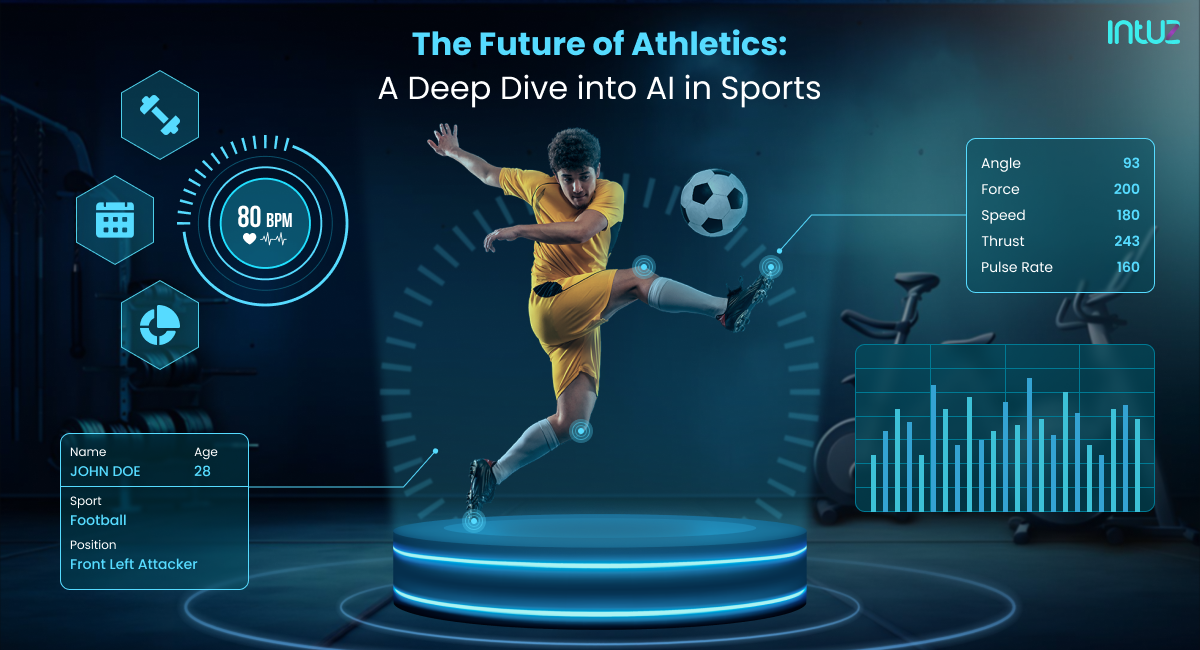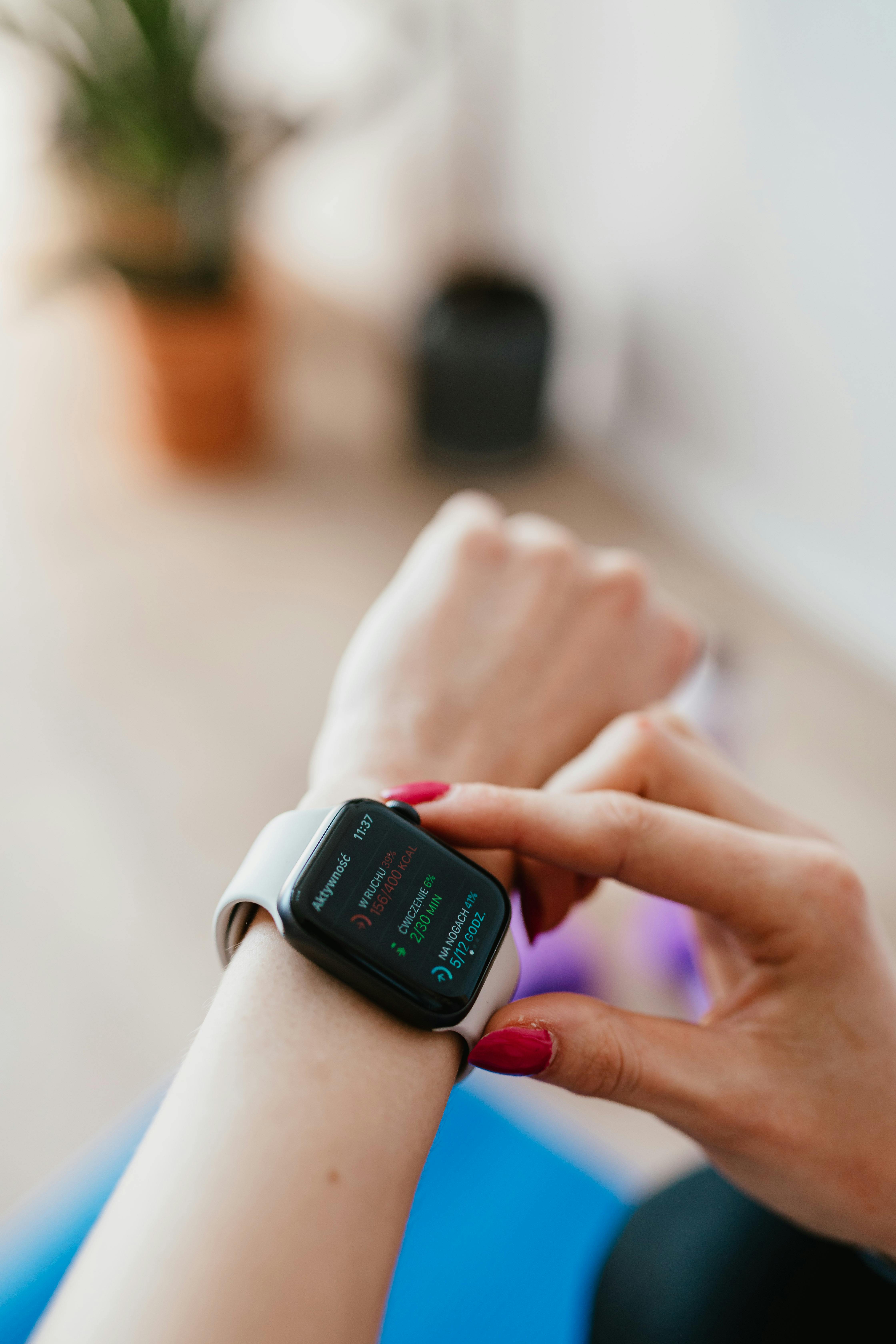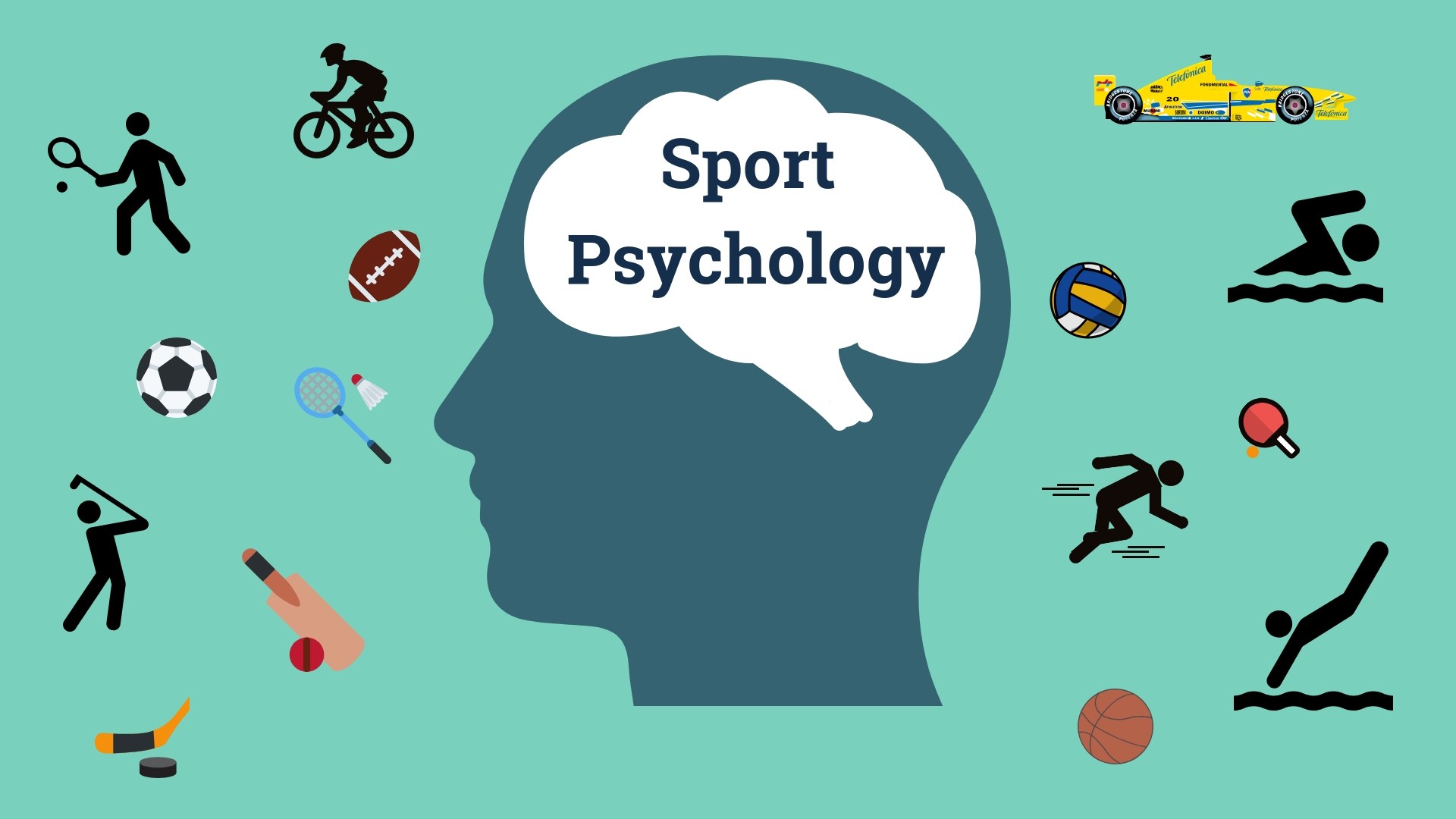AI: The New MVP in Athlete Performance Analysis
For decades, coaches and trainers have relied on observation, intuition, and rudimentary data to gauge athlete performance. But a new era is dawning—one powered by artificial intelligence. AI-powered athlete performance analysis is no longer a futuristic fantasy; it's a present-day reality, fundamentally changing how athletes train, compete, and recover. This isn't about replacing human expertise; it's about augmenting it with unparalleled insights.
Unlocking Hidden Potential with Data
Imagine having access to a system that can meticulously analyze every movement, every heartbeat, every subtle shift in an athlete's performance. That's precisely what AI offers. These sophisticated systems ingest vast quantities of data from various sources—wearable sensors, video footage, GPS trackers, and even environmental inputs—to build a 360° picture of an athlete’s capabilities and limitations.
According to a Deloitte Insights report on smart stadiums and sports analytics, teams that embraced AI-driven analytics saw up to a 15% improvement in player efficiency over traditional training and recovery methods. This translates to sharper decision-making on the field, greater endurance, and—most critically—a significant reduction in injury risk.
Pattern Recognition: The AI Superpower
One of the key areas where AI shines is in identifying patterns and anomalies that are invisible to the human eye. Dr. Patrick Lucey, Chief Scientist at STATS Perform, notes, “AI allows us to see things we simply couldn’t see before. It doesn’t just tell you what happened—it tells you why it happened.”
AI models can detect early signs of fatigue or improper technique by analyzing biomechanical patterns from motion-capture data. For instance, Catapult Sports, an Australian performance analytics firm, uses machine learning algorithms on real-time GPS and inertial data to predict injury risk and optimize training loads. Athletes and coaches are no longer left guessing—they’re equipped with actionable insights.
Recovery and Injury Prevention
Recovery is just as important as performance. Platforms like Kitman Labs use AI to monitor recovery metrics and flag when an athlete is overtraining or under-recovering. Their clients, which include Premier League clubs and NFL teams, have reported 30–40% drops in soft tissue injuries after implementing AI-based training protocols.
A 2022 study published in the Journal of Sports Sciences showed that predictive modeling using AI reduced injury occurrence by over 20% when integrated with routine training adjustments. These aren’t marginal gains—these are career-saving interventions.
The Future: Personalized, Predictive, Preventive
As computing power and data availability grow, AI will become increasingly personalized. Systems will adapt training regimens to individual athletes’ genetics, stress levels, sleep patterns, and even psychological state. Companies like WHOOP and Zebra Technologies are already deploying AI at this micro level to personalize athlete management.
The ultimate promise? A future where AI doesn’t just react—it predicts and prevents. Where talent isn’t wasted to avoidable injuries. Where training is smarter, not harder.
Sources:
- Deloitte Insights: Smart Stadiums and AI in Sports
- Journal of Sports Sciences, 2022: "Predictive Injury Analytics in High-Performance Athletes"
- STATS Perform (https://www.statsperform.com/)
- Catapult Sports (https://www.catapultsports.com/)
- Kitman Labs (https://www.kitmanlabs.com/)
- WHOOP (https://www.whoop.com/)
- Zebra Technologies: NFL Next Gen Stats


.jpeg)

